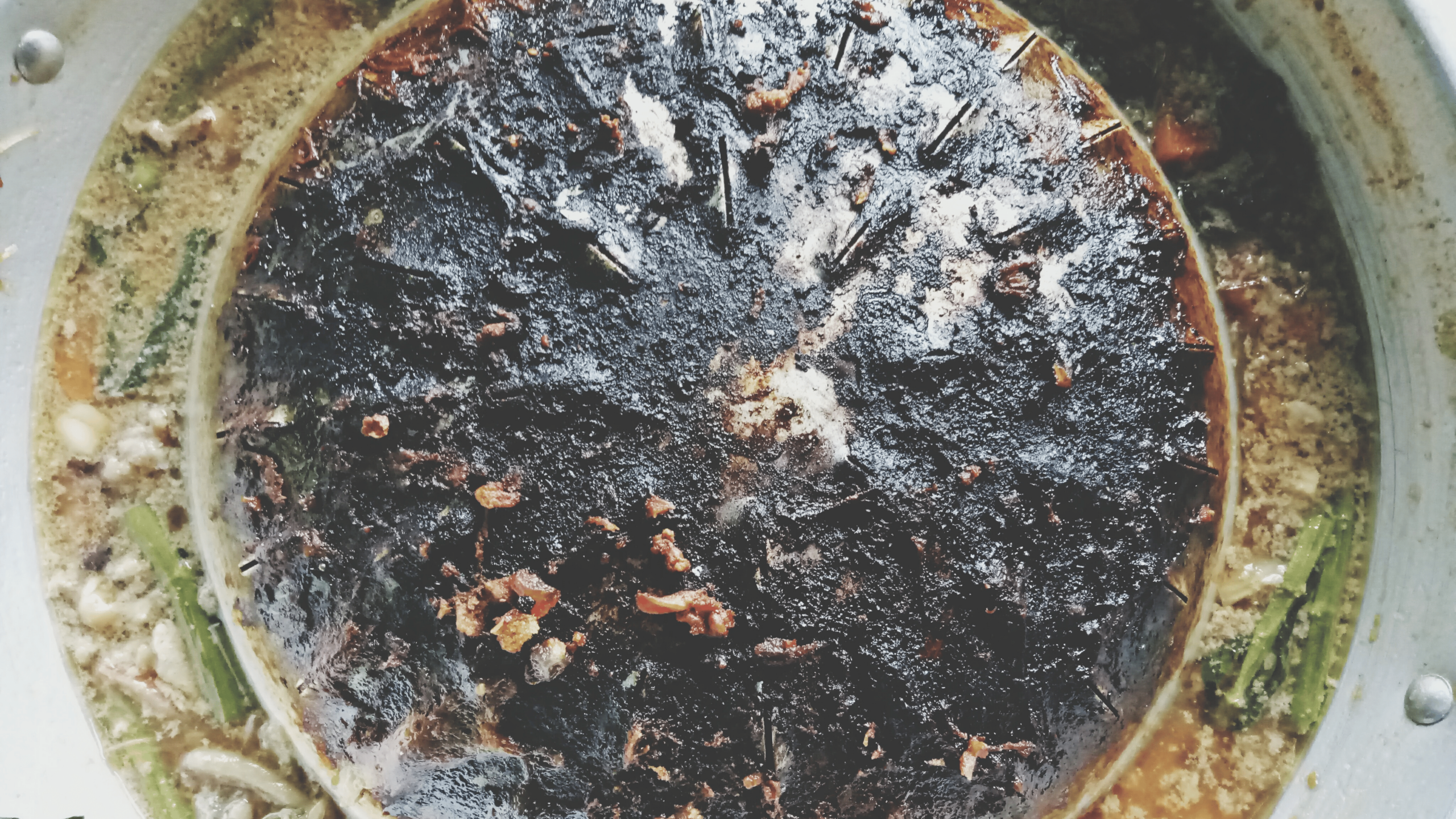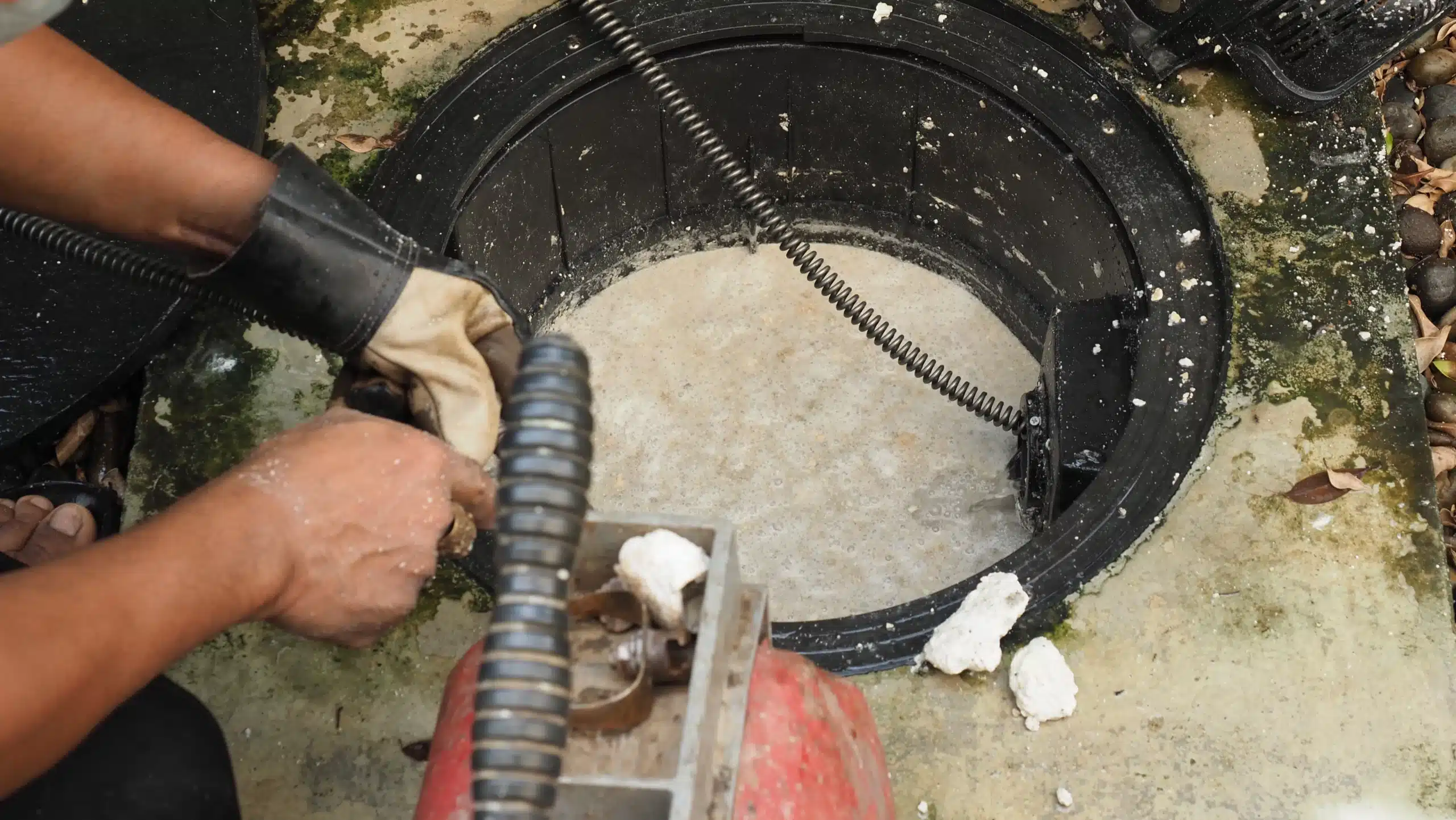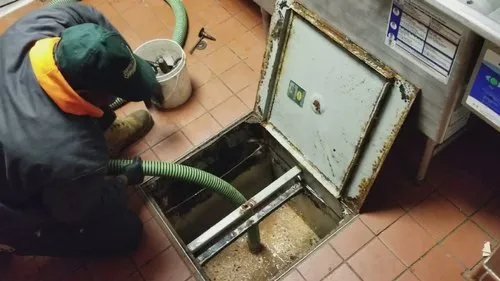When it comes to the restaurant industry, oil is a byproduct, and stringent rules are in place to guarantee that oil and grease are disposed of properly.
As a result, companies must devise a strategy for recycling their UCO waste products. Often, this entails using the services of professional oil recyclers to collect and recycle stored oil, which may be advantageous to the restaurant financially. When it comes to yellow grease, which is defined as used cooking oil and other fats collected from commercial or industrial cooking operations, there is a definite market value to be had. Since yellow grease is associated with petroleum oil values, UCO may be processed into biodiesel and utilized as a transportation fuel. As a result, many restaurants that generate significant quantities of oil may collaborate with oil recyclers to give or sell their used cooking oil (UCO) for use in biofuel or other environmentally friendly initiatives.
Through proprietary technology, the oil may be collected straight from kitchen equipment such as fryers and kept securely in collecting containers until it is picked up later. Smaller restaurants may have grease traps (either built into the floor or in underground tanks outdoors) that separate the wasted oil from any collected wastewater, while larger establishments may not. Brown grease is produced due to this process, which is a combination of fats, oils, and greases (FOG) collected separately to protect water systems. The following days after collection, yellow grease is sent to oil recycling facilities, where a machine processes it. Here, the UCO is boiled and filtered to eliminate any traces of food products that may have remained.
Following that, the solution will be allowed to rest until it spontaneously separates into three parts: grease, water, and substantial fines. From here, it is placed into a centrifuge and spun, separating the grease product from the other layers of the product. UCO is transformed into a reusable resource as a result of this procedure.
Particle sequester and segregation is the core of the recycling process, and its effectiveness relies on the particle that can be maintained the quantity of the filtration that can pass through the filtration, and the physical qualities of the processed oil upon the procedure. Physical and chemical rejuvenation of waste cooking oil may be classified into three major methodological solutions: membrane treatment, traditional, and active filtering. Both the existing models utilize various solid materials, which define the efficiency, affordability, and durability of the entire recycling process. Alternatively, brown grease is sent to a wastewater treatment facility to eliminate the FOG to not cause damage to water systems. Some wastewater treatment facilities are equipped with an anaerobic digester, which extracts natural gas from the effluent gas.


